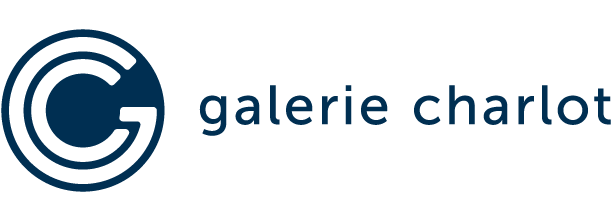Thom Mayne
Thom Mayne, founder of Morphosis and 2005 Pritzker Price recipient, has always maintained his own artistic practice, which is evident in his architectural drawings. Constantly animated by a quest for compositional dynamism, this practice soon embraced the possibilities offered by the computer.
In the early 2010s, Thom Mayne explored digital modeling and digitally-controlled printing processes as part of his research into "combinatorial forms" making up urban environments. These are shapes born of the ability of cities to integrate different systems and configurations, each with its own rules and requirements. Or the happy succession, juxtaposition and blending of eras, programs, circulations, typologies, inhabitants, etc., within the city. The resulting work is a series of panels in relief which he dubs drawdels (a portmanteau word combining drawing and model) or sculptural drawings, thick squares of metal or gypsum powder, where lines, points and surfaces are expressed in three dimensions, in hollows and volumes, in superimposed layers - abstract compositions with an aesthetic derived from the master plan. Massive works of art, nourished by years of reflection on the organization of space.
In 2014, Morphosis was invited to take part in a competition for the master plan for an urban park in the Huilongguan district, north of Beijing. Since the success of the 2008 Olympic Games, China's capital city has sought to modernize its sports and leisure facilities, bringing together the great names of international architecture. A stadium, outdoor sports area, gymnasium, swimming pools, cultural center and auditorium are to be built on a square site of almost 8 hectares. Confronted with the blank slate that had been created on the plot, Thom Mayne came up with the idea of taking one of his drawdels as a starting point, whose volumes perhaps evoke those of the stadium and other facilities to be integrated into the project, the undulating surfaces, those of the landscaped esplanades he imagines, and the lines, the pathways that could cross the land, linking the points of activity, connecting the surrounding neighborhoods.
Decades of reflection on volumes, lines and surfaces that make up a city were to replace the tabula rasa and tend to it. The team projected the program for the proposed park onto the drawdel rendering, and, using morphing techniques, generated a result specific to the site, which the designers then refined: and so was born the master plan of the Huilongguan urban park.
Demonstrating Thom Mayne's constant back and forth between the artistic work and the architectural project, this animation shows the transition from artwork to master plan, the evolution of the project over time.
Since 2023, Thom Mayne has also been interested in artificial intelligence and the way in which, nourished by "Morphosis DNA", i.e. all its graphic productions, it is capable of producing compositions that stimulate the architect's passionate search for systems of formal coherence.
The series of digital prints produced with AI, to which XCD_240228-171403_702-BB belongs, explores surprise, tension, randomness and accident - all "abstract" factors that are naturally a part of the architect's artistic quest. "I'm a cyborg!" laughs the 80-year-old, tireless researcher.
Editions
- + Projections. Architectures olympiques
2024 - Galerie Charlot Èdition





